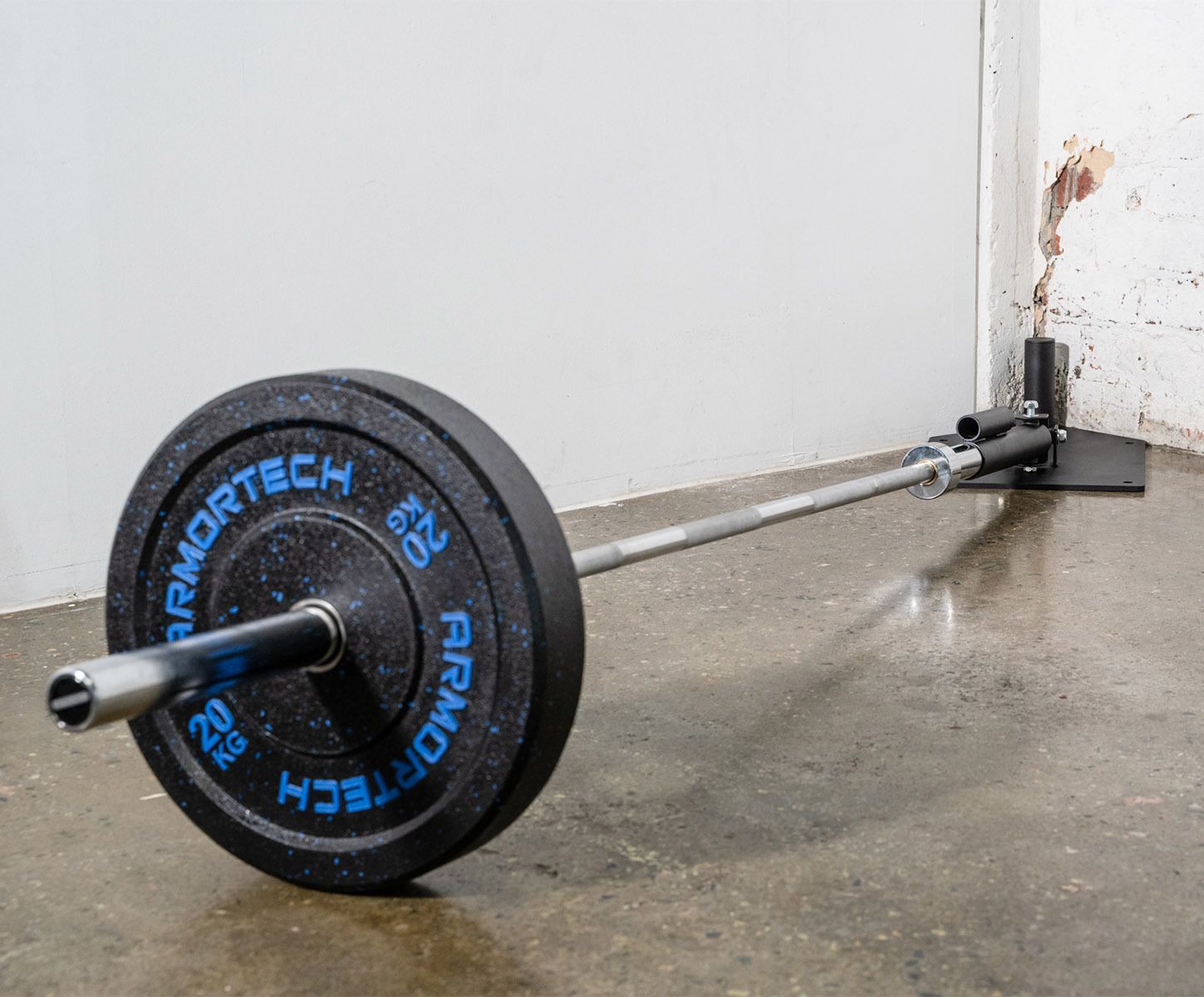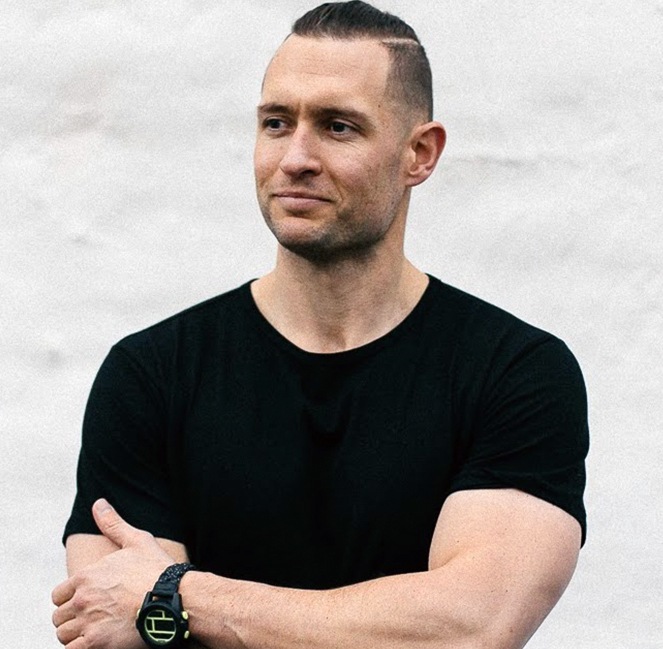Losing fat is difficult during the best of times. But, what about trying to get as lean as you’ve ever been while battling a back injury and working with limited equipment?
Now that’s a challenge. But, our online coaching client Mitch did just that, dropping 11 pounds over 2 months.
Mitch got into incredible shape. That much is clear. But there’s more to learn here. Mitch’s story provides the blueprint for losing fat with back pain. All without doing squats or deadlifts.
Fat Loss: No Squats Or Deadlifts Required.
Mitch was still recovering from a low-back injury when he joined coaching. Per his physical therapist recommendations, all bilateral lifts (think squats on both feet) were out for the time being.
In his program, this meant we couldn’t use “traditional” squats, deadlifts, or moves like two-arm bent-over rows. And for Mitch, this was even more frustrating as he loved powerlifting training.
If you’re dealing with lower back pain – and can’t squat or deadlift – the gym offers plenty of alternatives. You can often use machines at the gym that won’t load your back. Think of a leg curl or leg extension here.
But, as this was during the COVID pandemic, we didn’t have that option. Mitch was training from home, and all we had to work with was a squat rack, barbell, and some weight plates (remember he used to follow powerlifting programs that require minimal equipment).
My solution for Mitch was a program built around back-friendly landmine exercises. The goal was simple: Stimulate as much muscle as possible (more on that below) in a back-friendly way.

Here’s a sample upper body pull day that includes a few moves you’ve probably never tried:
A1. Single Arm Chest Supported Landmine Row 3 x 8-12 reps
B1. Inverted Row 3x 10-15
C1. Barbell Shrug 3x 8-10 reps
D1. Weighted Pull-up 3 x 5-8 reps
E1. Wall Supported Barbell Bicep Curl 2 x 8-15 reps
E1. Landmine Concentration Curl 2 x 8-15 reps
What about lower body training? Check out this workout pulled directly from Mitch’s training plan:
A1. Eccentric Only Paper Plate Leg Curls 3 x 8-10 reps
B1. Landmine Rear Foot Elevated Split Squat 4 x 5-7 reps ea
C1. Landmine Single Leg Glute Bridge 3 x 10-12 reps
D1. Heels Elevated Bodyweight Squat 2 x 15-20 reps
E1. Wall Sit 3 x 40sec
E2. Shoulder Tap 3 x 8ea
While this landmine-dominant program was fun to build (and he crushed it), the takeaway here differs from what program Mitch followed. Instead, the lesson is that you don’t have to do “traditional” lifts to get in great shape.
The primary reason you strength train during a fat loss phase is so that you can maintain muscle mass. It’s not so you can burn more calories.
How do you do that when you’re eating less calories? Keep enough volume (sets x reps) in your program. Get that right and you can maintain muscle mass during a cut even when you’re injured.
Resistance bands, sandbags, a minimal setup like Mitch’s, or even bodyweight variations pushed to failure can all work. No squats or deadlifts are required.
How Diet Flexibility and Food Quality Led to Results.
Lastly, Mitch’s diet also played an important role in his results. No matter what workout plan you follow, you can’t escape the physics of fat loss. To lose fat, you need to consume fewer calories than your body burns every day.
What was Mitch eating? It varied, but given Mitch’s personal preferences, Coach Natalie created a flexible diet to help with consistency and focused on food quality (to reduce overeating behaviors) while still keeping in foods he loved, including beer. Here’s a sample day:
Breakfast: Scrambled eggs, avocado, and toast
Lunch: High protein/high fiber shake for lunch (Banana Chia Shake)
Dinner: Flexible dinner of his choice with lots of vegetables and some lean protein. Sometimes made at home, but also used take-out options at times.
Snacks: Fresh fruit, occasional beer
It’s Your Turn.
If you’re looking for more personalization and hands-on support our online coaching program may be right for you. Every client is assigned two coaches — one for nutrition and one for fitness. Find out more here.

B.J. holds a B.S. in Health and Human Performance and multiple certifications, including Precision Nutrition Level 1 and BioForce Certified Conditioning Coach. Over his 14-year coaching career, he’s been fortunate enough to coach a wide range of clients. From online clients looking to get in great shape to CEO Nate Checketts (Rhone) and CEO Marcelo Claure (Softbank), and professional skateboarder Sean Malto. Before beginning his training career, he was a sports science lab research assistant.
